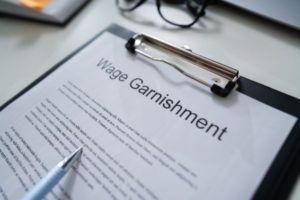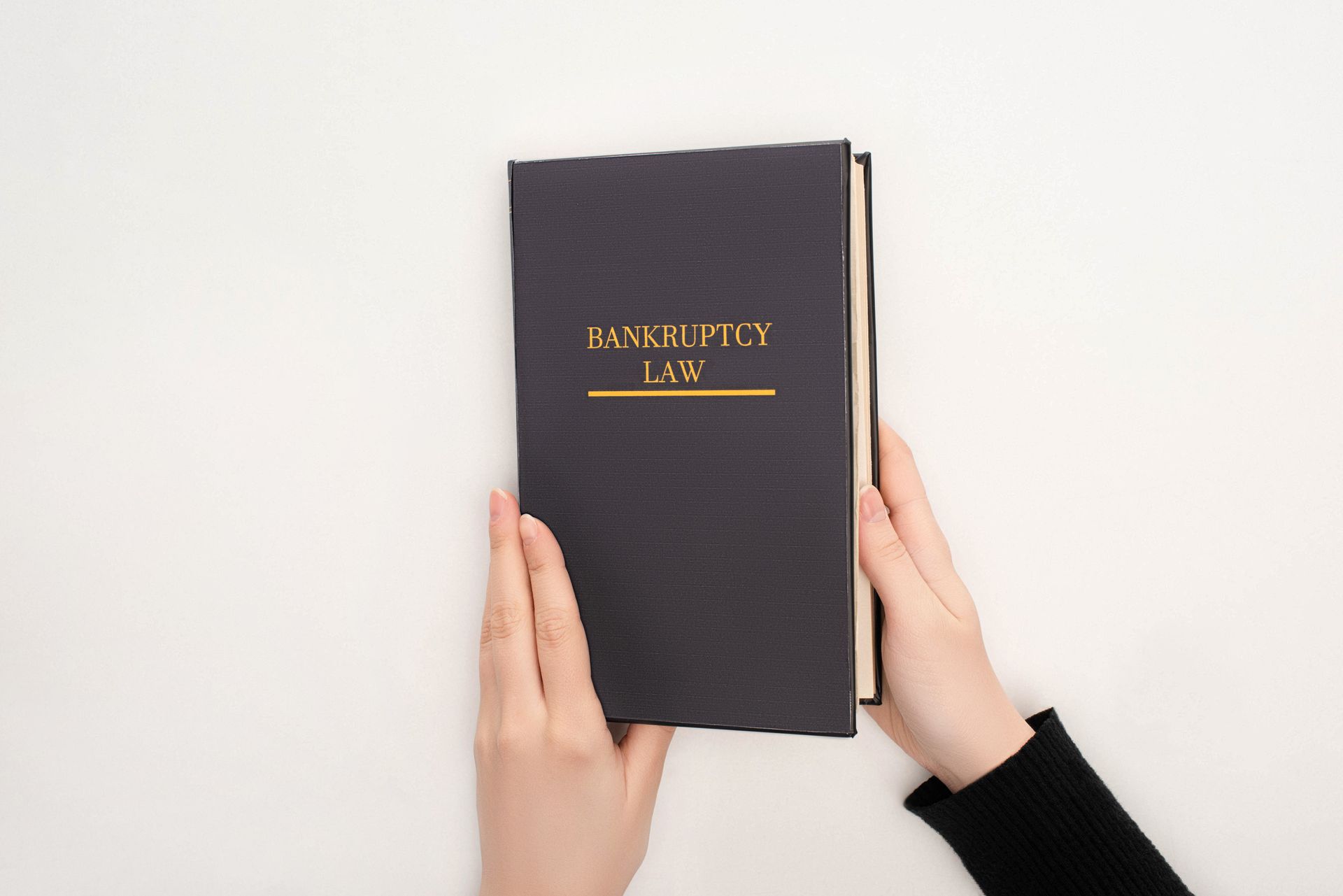How to Stop a Wage Garnishment with Bankruptcy
 Many Americans will agree that debt has a way of sneaking up on a person – on a family. Once debt has a firm foothold, it can be tough to right the situation. If debt is ignored for long enough, or taken care of as agreed initially for long enough, creditors have the option to approach the court for an order requiring the borrower’s employer to retain a portion of their pay so the debt owed can be resolved. This process is referred to as wage garnishment. In some cases, creditors may even have the legal right to start garnishing a debtor’s wages without approaching the court first. For example, if there is an unpaid debt for student loans, taxes, or child support, creditors do not have to go through the court to garnish wages.
Many Americans will agree that debt has a way of sneaking up on a person – on a family. Once debt has a firm foothold, it can be tough to right the situation. If debt is ignored for long enough, or taken care of as agreed initially for long enough, creditors have the option to approach the court for an order requiring the borrower’s employer to retain a portion of their pay so the debt owed can be resolved. This process is referred to as wage garnishment. In some cases, creditors may even have the legal right to start garnishing a debtor’s wages without approaching the court first. For example, if there is an unpaid debt for student loans, taxes, or child support, creditors do not have to go through the court to garnish wages.
Does Declaring Bankruptcy Help with Wage Garnishment?
Many who have their wages garnished or fear they may soon be facing wage garnishment, consider bankruptcy. But will filing bankruptcy stop wage garnishment ? Does it make a difference whether you file Chapter 7 or Chapter 13? Which type of bankruptcy is best when attempting to stop wage garnishment?
Wage Garnishment and Bankruptcy:
Did you know that approximately 7% of U.S. employees have their wages garnished? The average non-garnished American worker earns about 25% more annually than workers with garnished wages. Considering this, it’s not surprising that people often turn to bankruptcy, hoping to stop wage garnishments by discharging debt or reorganizing debt. Bankruptcy is a possible solution for wage garnishment, but it is not an easy solution or a fix-all.
Does Bankruptcy Stop All Wage Garnishments?
No, bankruptcy does not stop all wage garnishments. Some debts are not dischargeable through Chapter 7 bankruptcy. Some examples of non-dischargeable debt include child support, student loan debt, and some taxes. So declaring Chapter 7 bankruptcy doesn’t stop wage garnishments related to these types of debt. However, Chapter 13 bankruptcy, can help in these situations. The purpose of a Chapter 13 repayment plan is to pay off debts as much as possible throughout a pre-determined payment plan (typically lasting 3-5 years). Garnishments stop as long as Chapter 13 bankruptcy filers comply with their Chapter 13 repayment plan. This does not necessarily mean that the wage garnishment doesn’t exist, but the court may order that the wage garnishment fulfills the repayment plan.
When and How Does Wage Garnishment Stop After Filing Bankruptcy?
After the bankruptcy petition is filed with the court, the automatic stay is issued immediately, including a notification to the petitioner’s employer to stop garnishing wages and letting the creditor know they will no longer be receiving the wage garnishment payments. Remember that the automatic stay is only valid for creditors listed in your list of creditors, and, when filing Chapter 7, debts associated with the creditor must be eligible for discharge. Since the automatic stay is issued automatically upon filing a compliant bankruptcy petition with the court, the petitioner should see all eligible garnishments removed from their next paycheck. In some cases, it can be helpful to let your employer and the creditor associated with the wage garnishment know it is happening beforehand so avoid any potential delays that could occur due to them not receiving the notice from the court. In some cases, a creditor may respond to a bankruptcy filing by filing a request to have the automatic stay lifted, or if the petitioner has filed multiple bankruptcies, the court may allow the wage garnishment to continue.
If you have questions about stopping wage garnishment , or if you need to discuss the protections offered by bankruptcy, we can help. Ask about stopping wage garnishment immediately by filing; get in touch with Kenneth C. Rannick P.C., Tennessee, and Georgia bankruptcy attorney as soon as possible.
The post How to Stop a Wage Garnishment with Bankruptcy appeared first on Kenneth C. Rannick, P.C..










